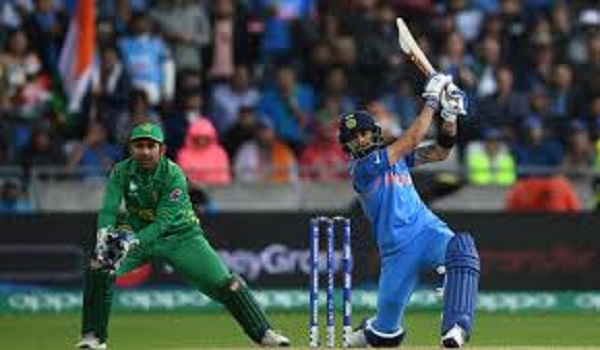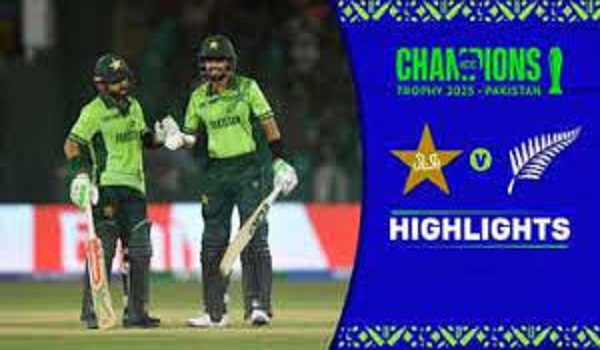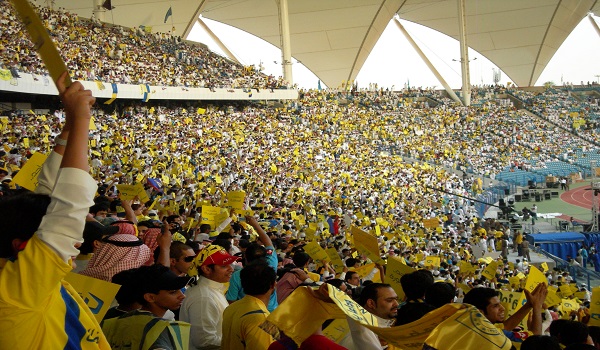India vs. Pakistan
India vs. Pakistan: The relationship between India and Pakistan has been one of the most complex and contentious in modern history. Rooted in the partition of British India in 1947, the two nations have endured decades of hostility, wars, and political stalemates. However, as the world evolves and geopolitical dynamics shift, the time may finally be ripe for an unprecedented breakthrough.
A “Deal of the Century” that could redefine the future of South Asia. This article explores the historical context, the challenges, and the opportunities for such a deal while making the case for why the moment has arrived for India and Pakistan to chart a new course.
The Historical Context: A Legacy of Division
The roots of the India-Pakistan conflict lie in the partition of British India in 1947, which created the independent nations of India and Pakistan. This division was based on religious lines, with Pakistan envisioned as a homeland for Muslims and India retaining a Hindu-majority identity. The partition led to the largest mass migration in human history, accompanied by widespread violence and the deaths of hundreds of thousands of people.
The Kashmir region became the most contentious issue between the two nations. Both India and Pakistan claimed the region in its entirety, leading to the first Indo-Pak war in 1947-48. The war ended with a United Nations-brokered ceasefire, leaving Kashmir divided between the two countries but unresolved as a political dispute. Since then, the Kashmir issue has been at the heart of multiple wars and countless skirmishes, fueling animosity and mistrust between the two nuclear-armed neighbours.
The Current State of Affairs
Political and Military Tensions
India and Pakistan have fought three major wars (1947-48, 1965, and 1971) and engaged in numerous military skirmishes, including the Kargil conflict in 1999. The Line of Control (LoC), the de facto border in Kashmir, remains one of the most militarized zones in the world. Ceasefire violations are frequent, and both nations accuse each other of supporting cross-border terrorism.
In recent years, relations have deteriorated further. The 2019 Pulwama terrorist attack, which killed 40 Indian paramilitary personnel, led to retaliatory airstrikes by India in Balakot, Pakistan. This marked the first time since 1971 that Indian jets crossed into Pakistani airspace. The incident brought the two nations to the brink of war.
Economic and Diplomatic Isolation
Pakistan has faced increasing international isolation due to its alleged support for terrorist groups. Major global powers, including the United States, have pressured Pakistan to take concrete action against terrorism. Meanwhile, India has leveraged its growing economic and strategic clout to strengthen its position on the global stage.
On the economic front, both nations have suffered from their prolonged hostility. Trade between India and Pakistan remains minimal, despite the potential for significant economic benefits. The lack of cooperation has stifled regional development and hindered South Asia’s integration into the global economy.
Read More: Mera eKYC APK
Why the Moment Has Arrived
1. Changing Geopolitical Dynamics
The global geopolitical landscape is transforming. The rise of China as a dominant power, the United States’ pivot to the Indo-Pacific, and the increasing importance of regional alliances have created new opportunities for India and Pakistan to reassess their relationship. Both nations stand to benefit from stability in South Asia, which could unlock economic potential and attract foreign investment.
2. Economic Imperatives
Both India and Pakistan face significant economic challenges. Pakistan, in particular, is grappling with a severe economic crisis, marked by high inflation, dwindling foreign reserves, and mounting debt. Improved relations with India could open up trade routes, reduce defence expenditures, and provide a much-needed boost to Pakistan’s economy.
India, on the other hand, is emerging as a global economic powerhouse. However, unresolved conflicts with Pakistan continue to divert resources and attention away from its developmental goals. A peaceful resolution could enable India to focus on its aspirations of becoming a $5 trillion economy.
3. Public Sentiment and Grassroots Movements
Despite the political rhetoric, there is a growing desire among ordinary citizens on both sides for peace and reconciliation. Initiatives like the Kartarpur Corridor, which allows Indian pilgrims to visit a holy site in Pakistan without a visa, have demonstrated the potential for people-to-people connections to bridge divides.
The Challenges Ahead
1. The Kashmir Conundrum
The Kashmir issue remains the most significant obstacle to peace. India’s decision to revoke Article 370 in 2019, which granted special status to Jammu and Kashmir, was met with strong opposition from Pakistan. Any potential deal would need to address the aspirations of the Kashmiri people while balancing the national interests of both countries.
2. Trust Deficit
Decades of hostility have created a deep trust deficit between India and Pakistan. Both nations accuse each other of bad faith and have a history of failed agreements. Building trust will require sustained efforts, confidence-building measures, and a commitment to dialogue.
3. Domestic Political Pressures
Both Indian and Pakistani leaders face significant domestic political pressures. In India, the ruling Bharatiya Janata Party (BJP) has adopted a hardline stance on Pakistan, which resonates with its nationalist voter base. In Pakistan, the military wields considerable influence over foreign policy, particularly with India. Any deal would need to navigate these complex political dynamics.
The Path Forward: A Vision for the ‘Deal of the Century’
1. Confidence-Building Measures
The first step toward a comprehensive deal is the implementation of confidence-building measures (CBMs). These could include a renewed ceasefire agreement along the LoC, increased trade and cultural exchanges, and joint efforts to combat terrorism.
2. Economic Cooperation
Economic cooperation could serve as a foundation for improved relations. Initiatives such as granting each other Most Favored Nation (MFN) status, reopening trade routes, and investing in joint infrastructure projects could create mutual benefits and foster goodwill.
3. Third-Party Mediation
Given the deep mistrust between India and Pakistan, third-party mediation could play a crucial role in facilitating dialogue. Countries like the United States, and China, or organizations like the United Nations could act as neutral intermediaries to help both sides reach a consensus.
4. A Roadmap for Kashmir
A long-term solution to the Kashmir issue is essential for lasting peace. This could involve granting greater autonomy to the region, ensuring human rights protections, and fostering economic development. Any solution must prioritize the voices and aspirations of the Kashmiri people.
Conclusion (India vs. Pakistan)
The moment has arrived for India vs. Pakistan to seize the opportunity for a “Deal of the Century.” While the challenges are immense, the potential rewards are even greater. Peace between these two nations could transform South Asia into a region of prosperity, stability, and global significance. It is time for leaders on both sides to rise above their differences and work toward a shared vision of peace and progress.
FAQs (India vs. Pakistan)
1. What is the main cause of conflict between India and Pakistan?
The primary cause of conflict is the territorial dispute over Kashmir, which both nations claim in its entirety. This issue has led to multiple wars and ongoing tensions.
2. How has the partition of 1947 impacted India-Pakistan relations?
The partition of 1947 created deep-seated animosities, as it led to mass violence, displacement, and the division of communities. The legacy of partition continues to shape the relationship between the two nations.
3. What role does terrorism play in India-Pakistan relations?
Terrorism has been a major point of contention, with India accusing Pakistan of supporting terrorist groups that operate in Kashmir and other parts of India. Pakistan denies these allegations but has faced international pressure to take action against terrorism.
4. Can economic cooperation improve India-Pakistan relations?
Yes, economic cooperation has the potential to significantly improve relations. Increased trade, joint infrastructure projects, and reduced defense expenditures could benefit both nations.
5. Is a peaceful resolution to the Kashmir issue possible?
While challenging, a peaceful resolution is possible through sustained dialogue, confidence-building measures, and a focus on the aspirations of the Kashmiri people. Any solution would require compromises from both sides.







